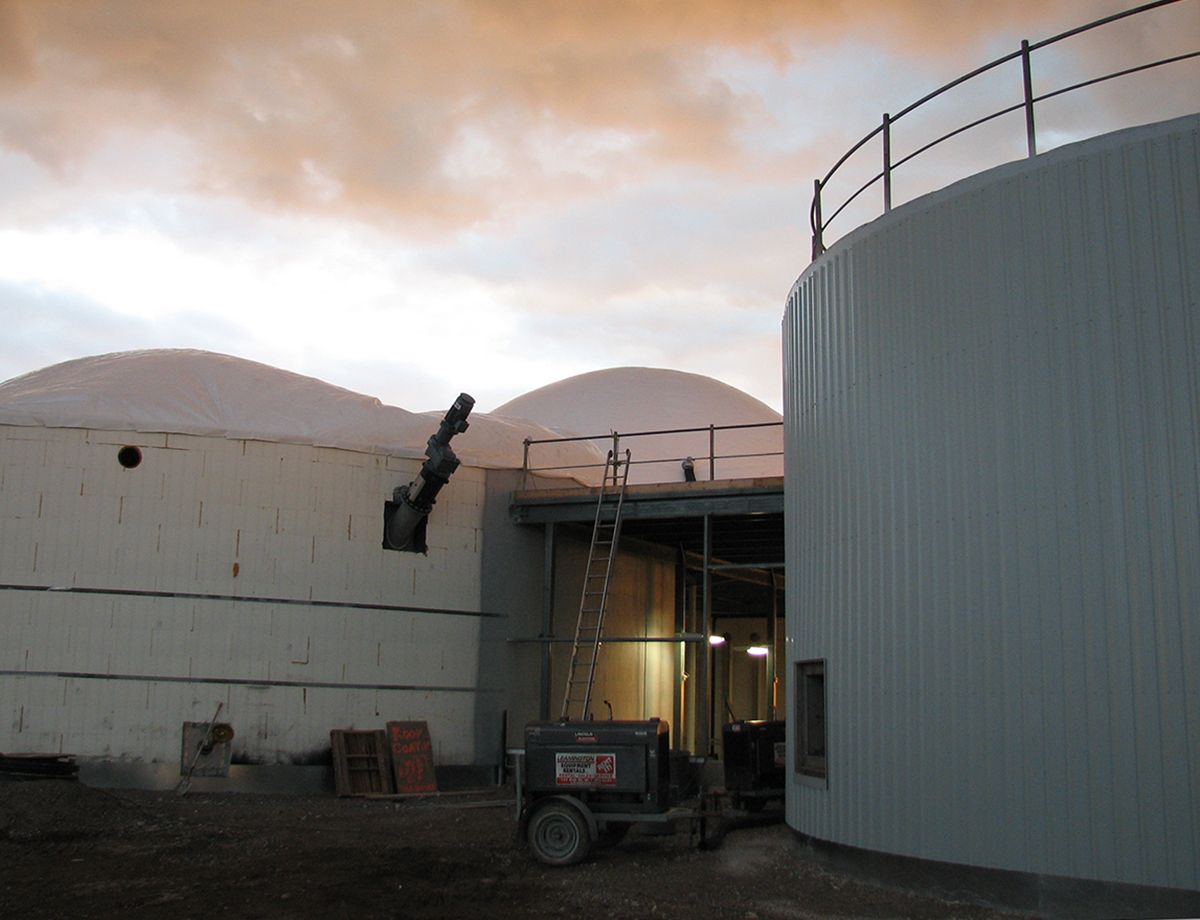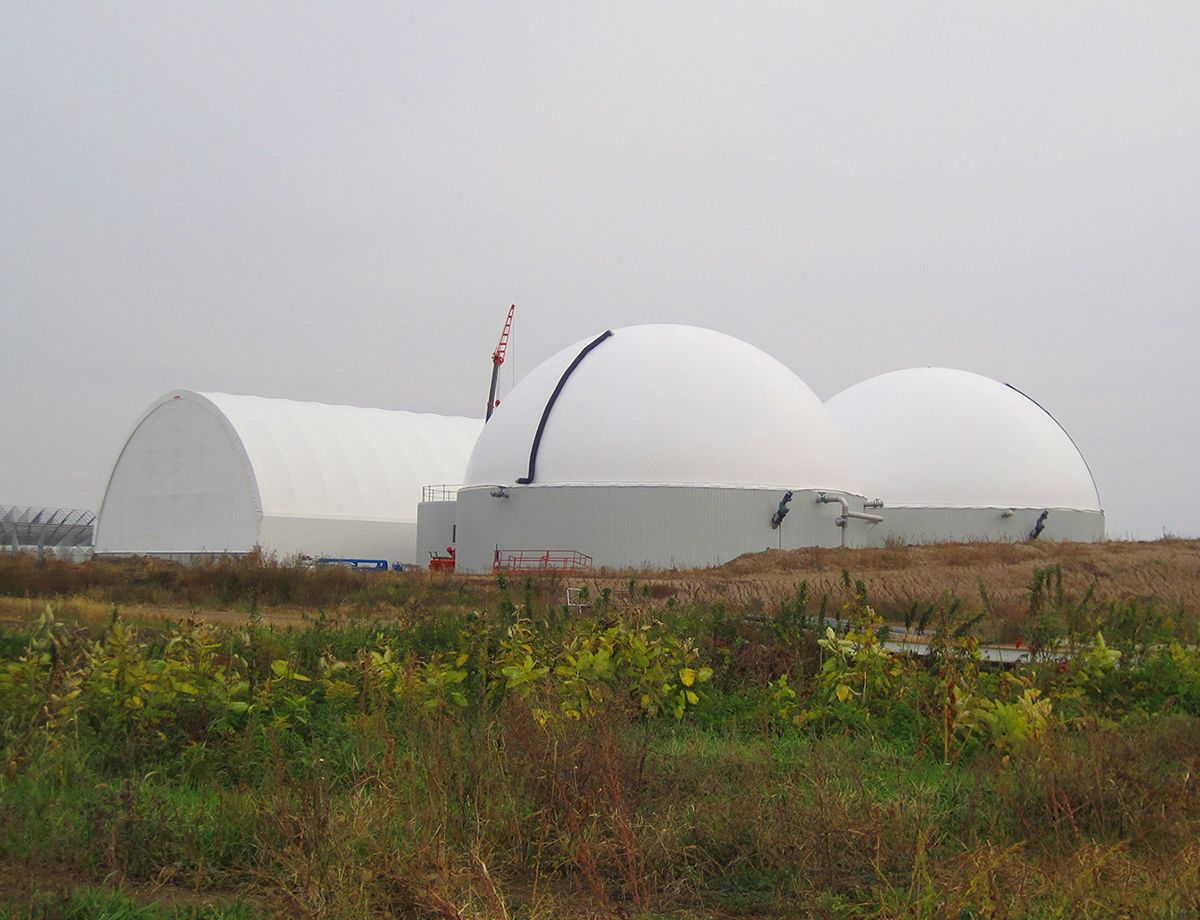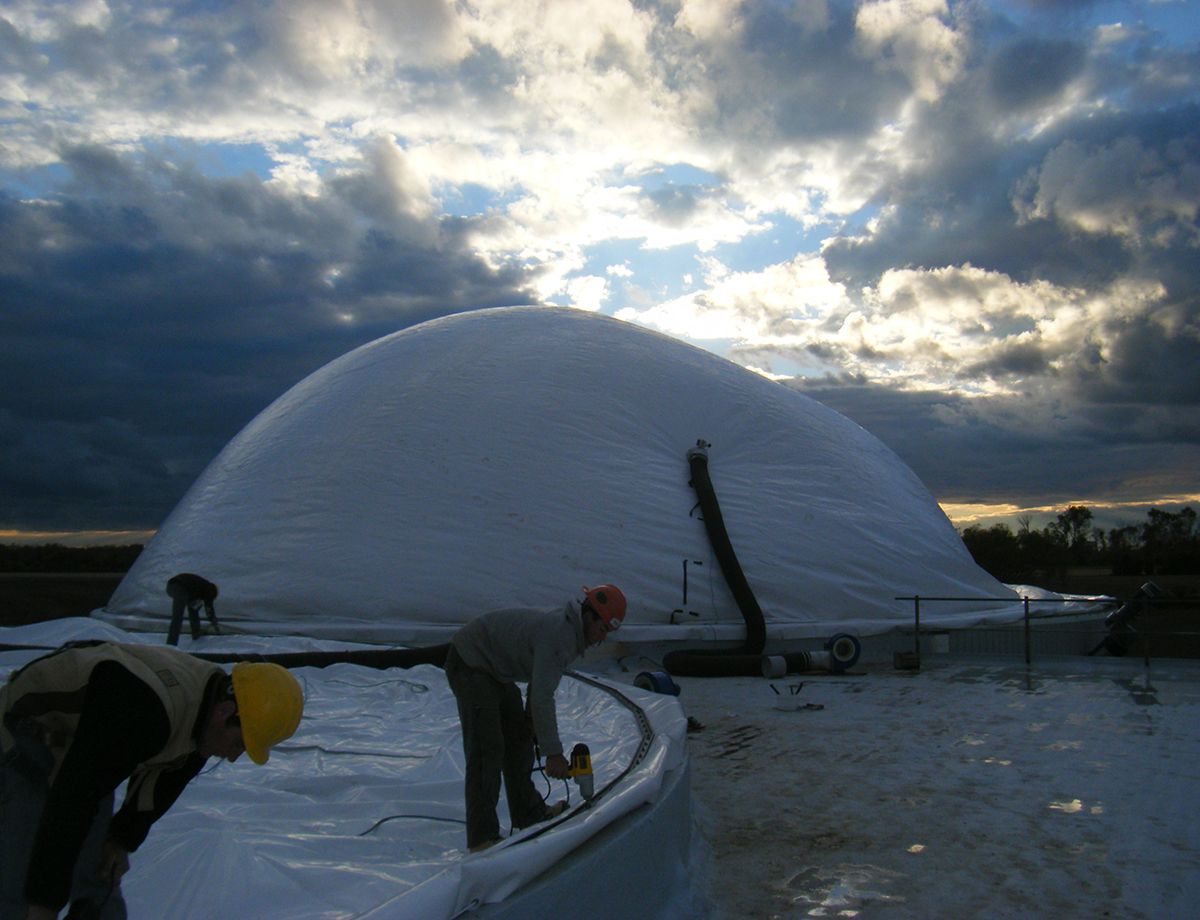Power Need
The Leamington/Kingsville area on the Southern Ontario shores of Lake Erie is the greenhouse capital of Canada, home to more than 1,600 acres of greenhouses and five major food processing plants. Over 60 percent of Ontario's greenhouses are located in this region, representing the largest concentration of greenhouses in North America.
To deliver a continuous supply of highquality produce, commercial greenhouses in this area require a consistent source of heat throughout the year. While solar energy provides a great deal of needed heat energy, supplemental systems are required to support year-round greenhouse operations.
For many years Pelee Hydroponics, a producer of organic tomatoes and cucumbers, used a conventional boiler plant fueled by natural gas to provide energy for a steam heating system in the company's six acres of greenhouses, but rapidly increasing fuel prices prompted company officials to search for a more affordable way to generate heat.
“Heat is the lifeblood of a greenhouse operation, but the rising price of fuel in the past few years dramatically drove up our costs,” said Dennis Dick, owner of Pelee Hydroponics. “To keep our produce affordable, we required a less expensive, more consistent source of heat. And as a grower of organic produce, we also strongly desired a greener solution.”
Solution
The owners of Pelee Hydroponics partnered with Alpenglow Energy and Gemini Power Corp., two established sustainable energy firms, to form Seacliff Energy. In 2009, Seacliff began construction on a $6.5 million anaerobic digestion facility that transforms vegetable and animal waste from local farms and greenhouses into heat, electricity and natural fertilizer.
The first of its kind in Canada, the twostage agriculture biodigestion technology used by Seacliff works in stages like a cow's stomach to break down 50 kinds of organic waste by exposing it to different bacteria and varying temperatures. By contrast, single-stage digesters currently used in most municipal landfills work more slowly and can generally break down only one type of waste at a time.
Seacliff collects vegetable and animal waste from nearby farms and greenhouses, generating enough biogas to fuel a power plant designed and supplied by the local Cat® Dealer, Toromont Cat Power Systems. This plant is designed to use two Cat G3520C 60 Hz 1.6 MW high-efficiency, low-emission gas generator sets as part of a combined heat and power (CHP) solution that meets Pelee Hydroponics' need for heat in their greenhouses. Excess heat can be pumped to neighboring greenhouses, while all electricity generated by the plant is sold to the Ontario Power grid.
Project financing for the construction and operation phases was supplied by Cat Financial. Seacliff also secured a longterm service agreement with Toromont to mitigate operational risks, maintain equipment efficiencies and ensure high levels of availability.
Results
Phase I of the Seacliff construction project was completed in late 2010, and the facility began supplying power to the grid from a single G3520C generator set in January 2011. Phase II construction, including the installation of a second G3520C generator set, will begin in mid-2012 once a Feed-In Tariff (FIT) is granted by the Ontario Power Authority. Seacliff executives expect Phase II to be operational in late 2013.
The facility can currently process up to 40,000 metric tons of organic waste per year, which will increase to 100,000 metric tons once Phase II is complete. At that time, Seacliff will have the largest energy-producing anaerobic digester in North America.
The digestion facility provides multiple benefits to nearby greenhouses and farms, food processing plants and local residents. Seacliff charges lower tipping fees for local food processing plants to dispose of their organic waste, which reduces food costs and the need to expand nearby landfills.
Digestate, a natural fertilizer generated as a by-product of the process, can be used by local corn farms.
At the conclusion of Phase II construction, the system will produce enough electricity for 2,400 homes and, by using renewable biogas, it will decrease dependence on fossil fuels while reducing emissions of carbon dioxide by about 10,400 metric tons per year.
“This facility provides benefits not only to our own greenhouses, but also for neighboring farms and the community as a whole,” Dick said. “Our system demonstrates how a sustainable approach makes sense economically, agriculturally and environmentally.”


